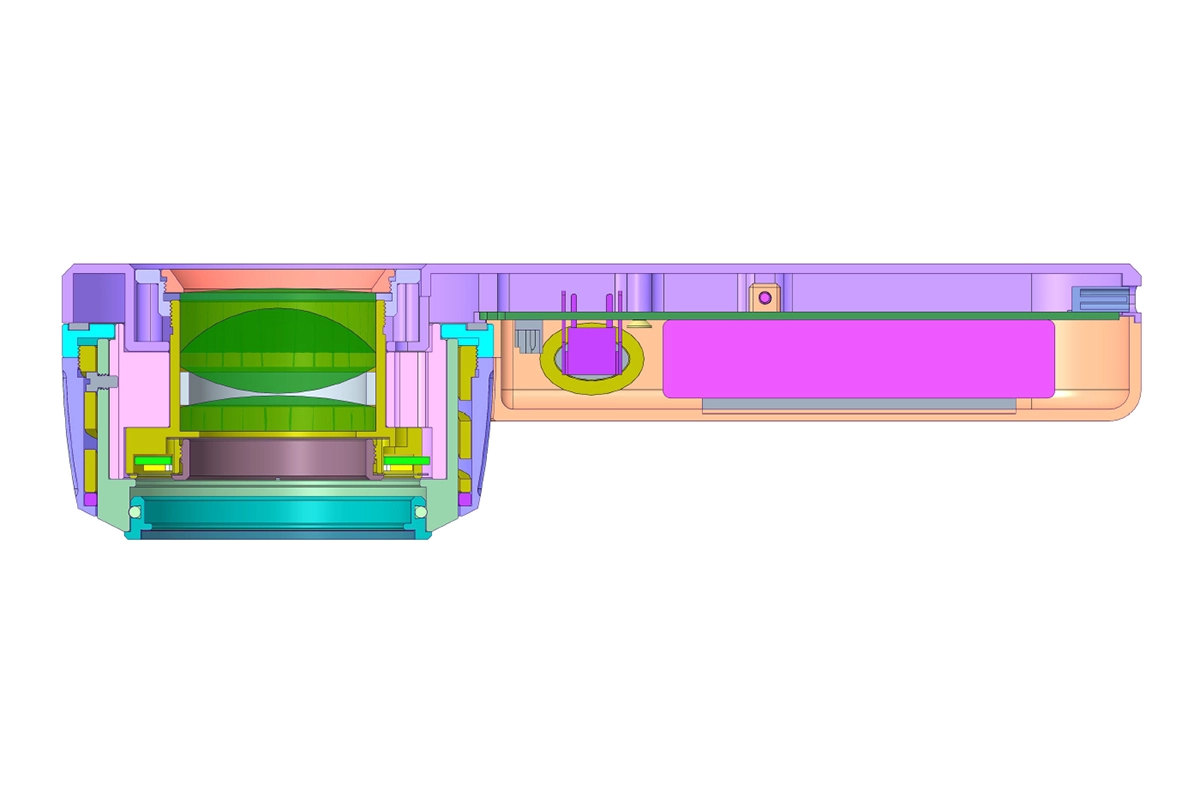Universal Smartphone DE-300 Dermoscopy
Universal Smartphone DE-300 Dermoscopy
$109.00
-
In Stock
-
Arrive in 5-7 days
-
Free Shipping Worldwide $59+
-
2 Years Warranty
- 6x Magnification
- 20mm wide field of view (Aperture)
- Polarized lightillumination
- Automatic shutdown
- UniversalPhone Adapter
- All-metal housing
|
Material |
Optical & Aluminum |
|
Optical Design |
2 Elements 1 Group |
|
Lens Diameter |
12mm |
|
Magnification |
6X |
|
Polarization |
Polarized & Non-Polarized |
|
Battery Capacity |
200mAh Lithium ion |
|
Charge |
USB-C |
|
Dimensions |
Φ43mm*H24.5mm |
|
Weight |
29g |
$109.00
-
In Stock
-
Arrive in 5-7 days
-
Free Shipping Worldwide $59+
-
2 Years Warranty
What It Has
- Cross Polarized Light: The polarized filter plays the same role as immersion fluid to absorb the surface light reflection. It allows dermis visualizable.
- 6X Magnification: Low distortion optical 6x magnify
- Universal Lens Mount: The universal lens mount gives the ability to attach dermtooscope on any smartphone or tablet and take pictures, so the lesions can be captured and scrutinized
What It Does
- Photograph:Yes
- Video:Yes
- Rechargeable:Yes
- Polarization:Yes
- Non-Polarization:Yes
- Detachable Protective Glass:Yes
Specs
- Material:Optics & Aluminum
- Optical Design:2 Elements 1 Group
- Magnification:6X
- Lens Diameter:12mm
- Polarization:Polarized& Non-Polarized
- Battery Capacity:200mAh
- Charging:USB-C
- Dimension:Φ43mm*H24.5mm
- Weight:29g
What Makes it Unique
It contains a universal phone adapter meaning convenient to connect with any smartphone or tablet to capture images. With its specialized polarized and non-polarized light system, it allows for clearer, more precise, and detailed examination of the colors, shapes, and textures of skin lesions.
How to Use
Check out our step-by step quick start guide of the device.
A Picture Speaks a Thousand Words


How Does it Compare
There’s an influx of dermatoscope on the market. Our devices are remarkable blend of pro-level features and affordable price. Their premium optics and efficient LED system delivers sharp & precise images.
You might also like
DE-4100 Dermatoscope
$699.00
DE-3100 Dermatoscope
$499.00
DE-400 Dermatoscope
$179.00
DE-315 Woods Lamp
$109.00
Reviews
1 review for DE-300 Dermatoscope
Only logged in customers who have purchased this product may leave a review.
Learn More
What are the Common Skin Cancers?
Skin cancer stands out as the most prevalent form of cancer globally, with millions of new diagnoses annually. Unlike many other cancers, skin cancer often presents visible signs, making early…
IBOOLO Optical Dermatoscope
An optical dermatoscope is a medical device used in dermatology to examine skin lesions. This non-invasive tool is essential for the early detection and diagnosis of various skin conditions, including…
Digital Dermatoscope Vs. Optical Dermatoscope
In the realm of dermatology, two primary tools aid professionals in examining skin lesions: digital dermatoscopes and optical dermatoscopes. A digital dermatoscope is a sophisticated device that combines traditional dermatoscopy…



















































Peter Aspell New Zealand
–
New Zealand
–
I’m buying 2 more soon!